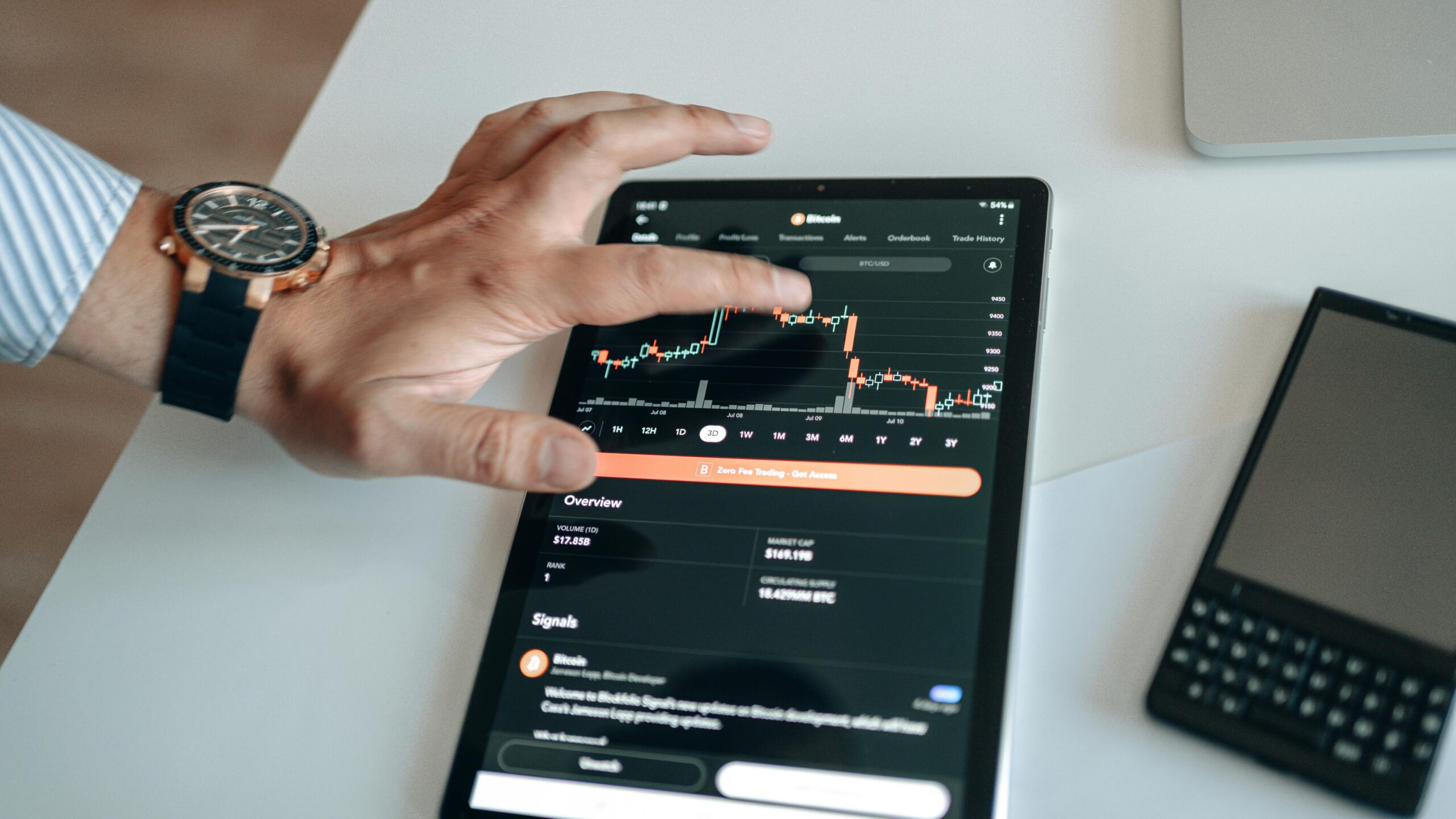If you’ve dipped your toes into Contract for Difference (CFD) trading, chances are you’ve heard the term “leverage” thrown around a lot. Leverage is one of the key features that makes CFD trading so attractive to many traders, but it’s also one of the most misunderstood.
So, what exactly is leverage, how does it work in CFD trading, and why do traders love it despite the risks? Let’s break it down in plain terms below:
What is Leverage?
Leverage, in simple terms, is like a financial amplifier. It allows you to control a large position in the market with a relatively small amount of your own money. Consider it as a broker-provided loan.
You deposit a part of the full trade value (called a margin), and the broker provides the rest. This means that with a small initial investment, you can potentially make larger profits – but the flip side is that losses can also be much bigger.
How Does Leverage Work?
To make this easier to grasp for new traders, here’s an example:
Imagine you want to trade a stock through CFDs. Without leverage, you would have to pay the full price of the stock. Let’s say you want to open a position worth $10,000, and you have $10,000 in your trading account. You’d be able to buy the stock outright.
With leverage, you can control that same $10,000 position by only putting down a fraction of that amount. For instance, if the leverage is 10:1, you only need to put down 10% of the trade value – $1,000 – while your broker covers the rest.
If the stock rises by 5%, without leverage, you would make a $500 profit on your $10,000 investment. However, with leverage, you would still make $500, but with only a $1,000 investment. That’s a 50% return on your initial margin – pretty impressive, right? This is the allure of leverage: it magnifies your profits. But it can also amp up your losses just as quickly, so be careful!
Leverage and Margin Explained
Leverage and margin go hand in hand. While leverage is the multiple of exposure you have relative to your deposit, margin is the amount of money you need to open a leveraged position. For instance, if you have a 10:1 leverage ratio, you need to provide 10% of the total trade value as margin.
Let’s break it down with an example:
- You want to open a position worth $20,000.
- The broker offers you leverage of 20:1.
- This means you need to deposit 5% of the total value, or $1,000, to open the position.
Why Do Traders Use Leverage?
Traders use leverage because it enables them to gain more market exposure with less capital. In traditional stock trading, you would need significant capital to make a meaningful profit. But with leverage in CFD trading, even small movements in the market can lead to considerable gains (or losses).
Here are some reasons traders are drawn to leverage:
- Amplified Returns: As we’ve mentioned, leverage allows traders to earn bigger returns from smaller price movements. A small 2% change in the price of a stock can translate into a 20% return with 10:1 leverage.
- Access to Larger Markets: Leverage allows traders with smaller accounts to participate in markets they might otherwise not afford. For example, trading commodities like gold or crude oil can be expensive without leverage.
- Diverse Portfolio: Because you don’t have to lock up all your capital in one trade, leverage allows traders to spread their money across different assets, diversifying their risk.
The Risks of Leverage in CFD Trading
While leverage sounds like a great tool for boosting profits, it’s important to remember that it’s a double-edged sword. It has the power to amplify both gains and losses.
Let’s revisit the earlier example where you opened a $10,000 trade with $1,000 and 10:1 leverage. Now, let’s say the market moves against you, and the stock drops by 5%. Instead of making $500, you’ve now lost $500. That’s 50% of your initial investment gone.
In the worst-case scenario, if the market moves dramatically against you, you could lose more than your initial deposit, depending on the broker’s margin call or stop-out policy. This is why understanding risk management is critical when using leverage in CFD trading.
Take away
Conclusion
Leverage is a powerful tool in CFD trading, giving the potential for significant profits with a relatively small capital outlay. However, it comes with high risks, as it can just as easily amplify losses.
Understanding how leverage works is crucial to long-term success in CFD trading. Ultimately, while leverage can increase your market exposure and boost your returns, it’s important to remember that with greater reward comes greater risk.
